Forgotten wonders of the world
There is plenty to see away from the main tourist trail, says Chris Carter

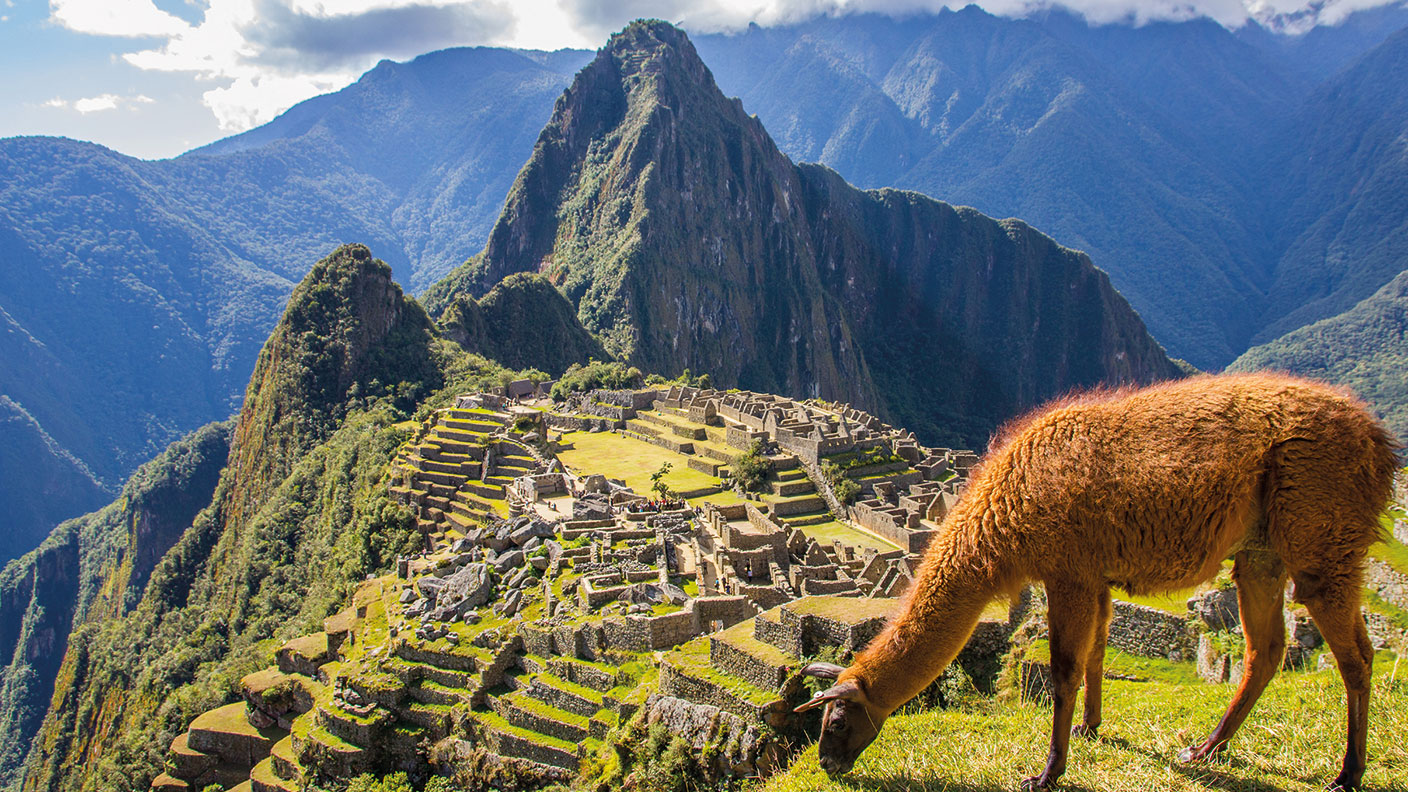
Last week, Japanese tourist Jesse Katayama got what most of us can only dream about – a Unesco World Heritage Site all to himself. He had bought a ticket to visit the Inca ruins of Machu Picchu in Peru in March, before Covid-19 struck, says BBC News. The site was closed before he could use it and due to travel restrictions, Katayama was stranded in the country. Seven months later, culture minister Alejandro Neyra acceded to his special request and the ruins of Machu Picchu were reopened early for him. They are expected to reopen at reduced capacity next month. Katayama was the first to visit and on that day, he had the place all to himself. Normally, the site would be swarming with tourists.
A marvel in Lebanon
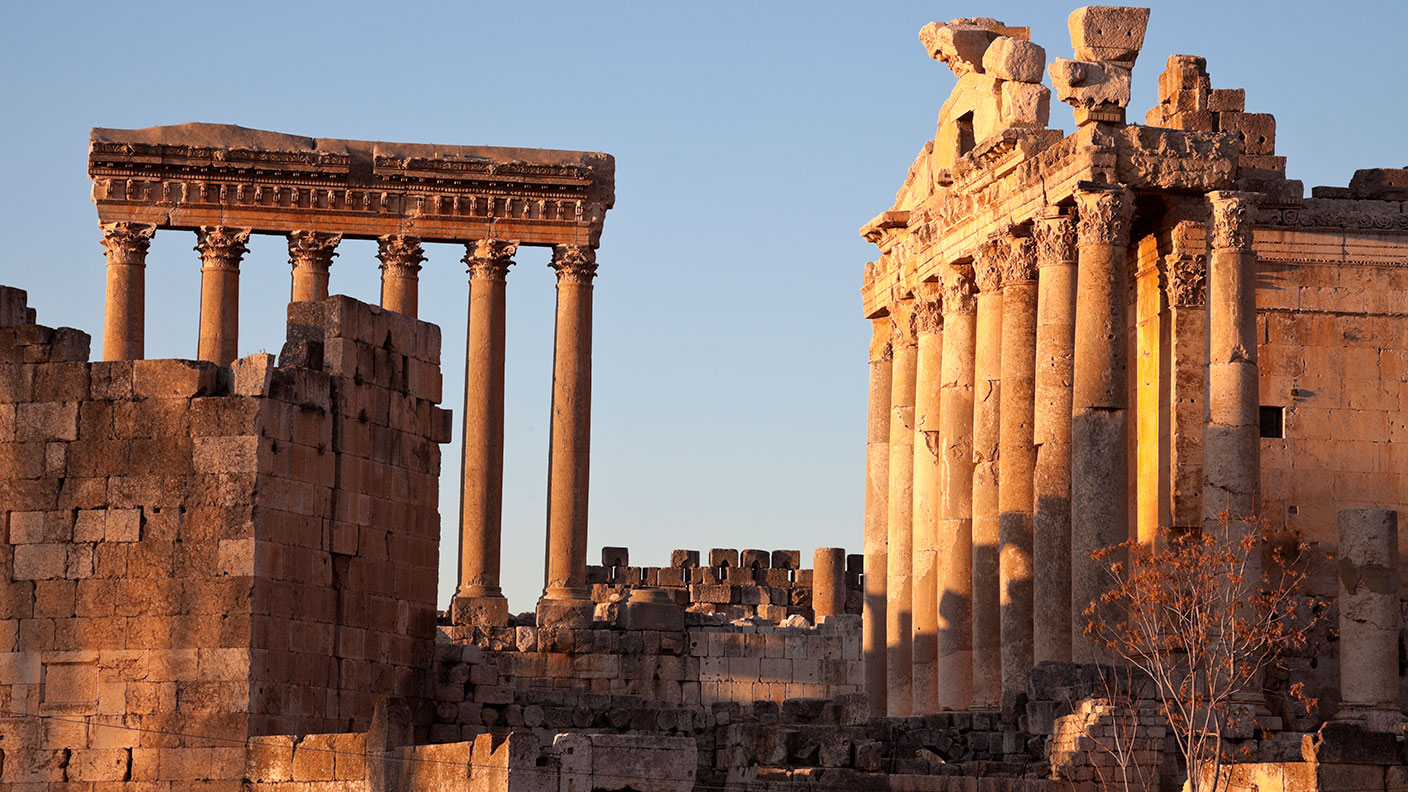
“Anyone who has visited the Inca citadel – and has had to share it with hundreds of others, jostling for space on every photo – will appreciate that the 26-year-old has been granted a ‘once in a lifetime’ opportunity,” says Chris Leadbeater in The Daily Telegraph. But even after the pandemic has passed, “you can repeat Katayama’s experience”.
As long as you are “prepared to put in the miles or venture towards the edge of the map”, there are plenty of forgotten cultural wonders that do not get anywhere near the attention of Machu Picchu. Take Baalbek in Lebanon, for example. Admittedly, it is a “tricky proposition for tourists”. Owing to its proximity to its neighbour, Syria, the town has slid on and off the Foreign Office’s safe-to-visit list. “This is a very considerable shame.” Baalbek is home to “what may well be the greatest set of Roman ruins anywhere outside Italy”. The Temple of Bacchus, built in the second century BC, when the city was known as Heliopolis, is a “marvel”.
MoneyWeek
Subscribe to MoneyWeek today and get your first six magazine issues absolutely FREE

Sign up to Money Morning
Don't miss the latest investment and personal finances news, market analysis, plus money-saving tips with our free twice-daily newsletter
Don't miss the latest investment and personal finances news, market analysis, plus money-saving tips with our free twice-daily newsletter
Even better-known sites in the region are likely to see fewer visitors, at least for a while, once it is safe to travel again (watch for updates on gov.uk/foreign-travel-advice). And “the lost city of Petra” in Jordan, “where Indiana Jones searched for the Holy Grail”, should be on anyone’s bucket list, says Oliver Smith in The Times. It is “more revealing when seen in the company of a real-life bona fide archaeologist”, though a guided tour (organised through coxandkings.co.uk – eight nights’ B&B from £2,645 per person, including flights) takes you through the “Rose City”. “But instead of whips, fedoras and car chases you get erudite historical insights on Roman temples, Byzantine mosaics and Crusader castles.”
The Eden of ancient woodland

Closer to home, there are forgotten spots, too. “Well-heeled ‘down-from-Londoners’ flock to honeypot Cotswold towns and villages such as Stow-on-the-Wold and Bourton-on-the-Water, attracted by their beauty and the prospect of mingling with celebrities at Soho Farmhouse,” says Marianna Hunt for Spectator Life. But “the chalk escarpment known as the Chilterns, on the other hand, is far less glitzy and tends to draw a hardier set of dedicated walkers, cyclists and birdwatchers”. This area is “remarkably quiet… and you can easily wander along many of its prettiest high streets without spying a single tourist”. There are plenty of hiking trails through open fields, wild flower meadows and ancient wooded valleys. “One of the best is the Ridgeway National Trail, said to be Britain’s oldest road.” It starts at the World Heritage Site of Avebury (“Stonehenge’s lesser-known sister”) and runs for 87 miles. Another option, a few miles from “the prehistoric wonders of Avebury and Silbury Hill”, is the “Eden of ancient woodland”, says James Canton in The Guardian. It is here, “in the wilds of Savernake Forest”, near Marlborough, in Wiltshire, that it is possible to get “gloriously lost”. As ever, be sure to check for local coronavirus restrictions before heading out.
Scotland’s hidden gems
Of course, “when it comes to natural wonders, Scotland has us spoiled”, says Susan Swarbrick in The Herald. At Eshaness on Shetland, “you can feel the raw power of nature pulsating from what has been described as one of the most high-energy coastlines in the world”. The peninsula is formed from the remnants of a 400-million-year-old extinct volcano –the cliffs you see today reveal layers of lava and pyroclastic rock. Or there are the “emerald waters” of An Lochan Uaine in Glenmore Forest Park in the Cairngorms and the “mysterious” Fingal’s Cave on the uninhabited Hebridean island of Staffa, to name but a few of Scotland’s “lesser-visited gems”.
Get the latest financial news, insights and expert analysis from our award-winning MoneyWeek team, to help you understand what really matters when it comes to your finances.

-
 PayPoint: A promising stock for income-seekers
PayPoint: A promising stock for income-seekersPayPoint, a household name across Britain, is moving away from its traditional roots toward a digital future. Investors after a steady income should buy in
-
 Invest in forestry: a tax-efficient way to grow your wealth
Invest in forestry: a tax-efficient way to grow your wealthRecord sums are pouring into forestry funds. It makes sense to join the rush, says David Prosser
-
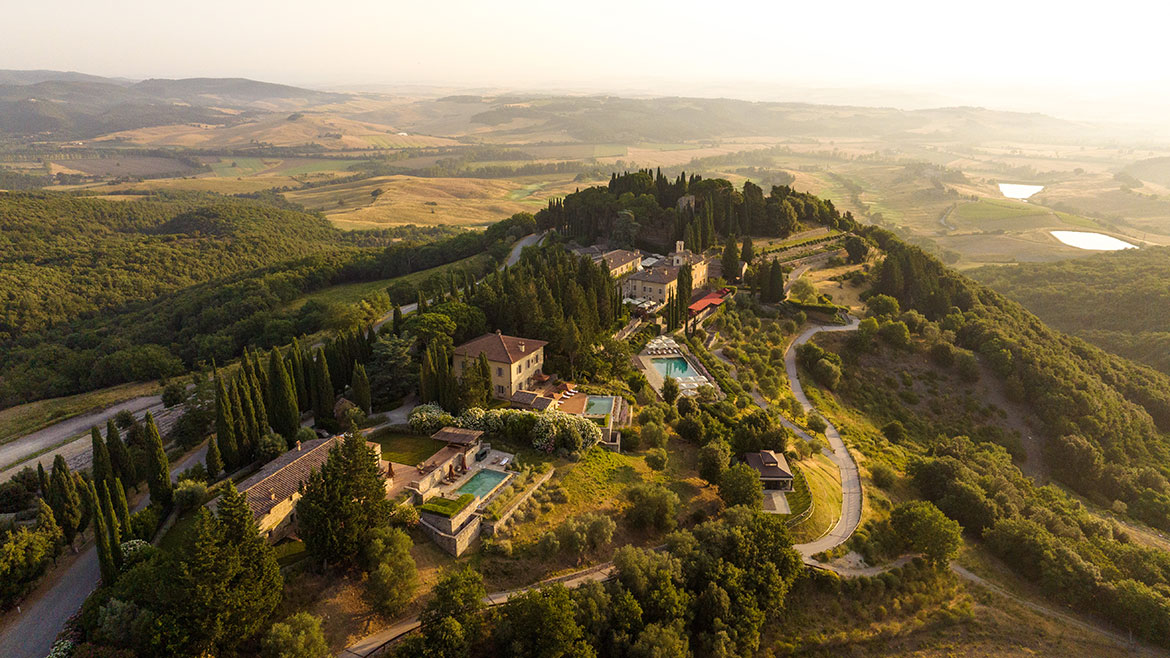 Review: Castiglion del Bosco, A Rosewood Hotel – a Tuscan rural idyll
Review: Castiglion del Bosco, A Rosewood Hotel – a Tuscan rural idyllTravel Play golf, drink exquisite wine and eat good food at Castiglion del Bosco, A Rosewood Hotel, all within the stunning Val d’Orcia National Park in Tuscany
-
 Review: A cultural tour of North India
Review: A cultural tour of North IndiaTravel Jessica Sheldon explores North India's food and art scene from three luxurious Leela Palace hotels in New Delhi, Jaipur and Udaipur
-
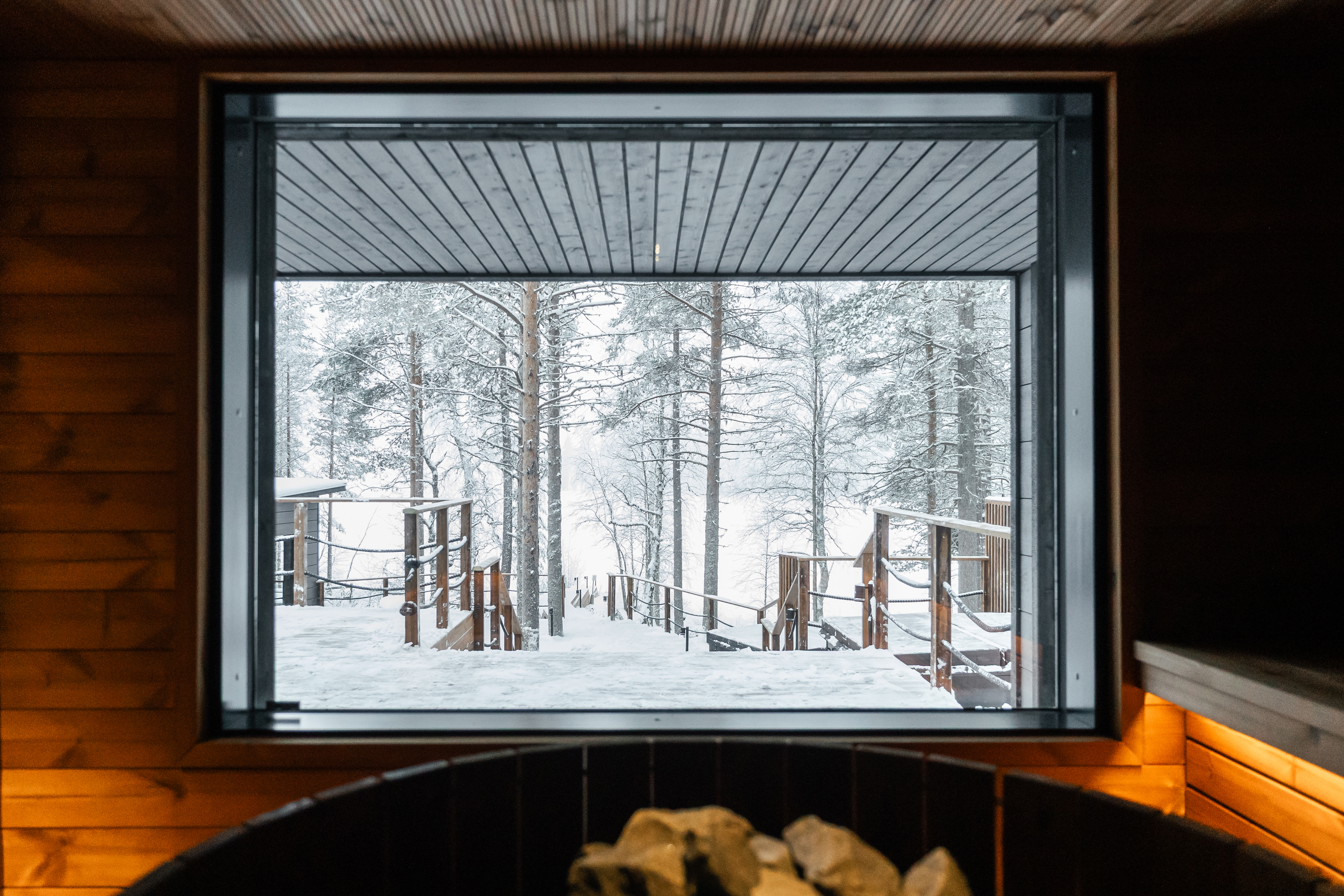 The best luxury saunas, spas and icy plunges
The best luxury saunas, spas and icy plungesRestore your mind and body with luxury fire and ice experiences, from warming saunas to icy plunges
-
 8 of the best properties for sale with indoor gyms
8 of the best properties for sale with indoor gymsThe best properties for sale with indoor gyms – from a four-storey mews house in London’s Knightsbridge, to a 1920s Arts & Crafts house in Melbury Abbas, Dorset
-
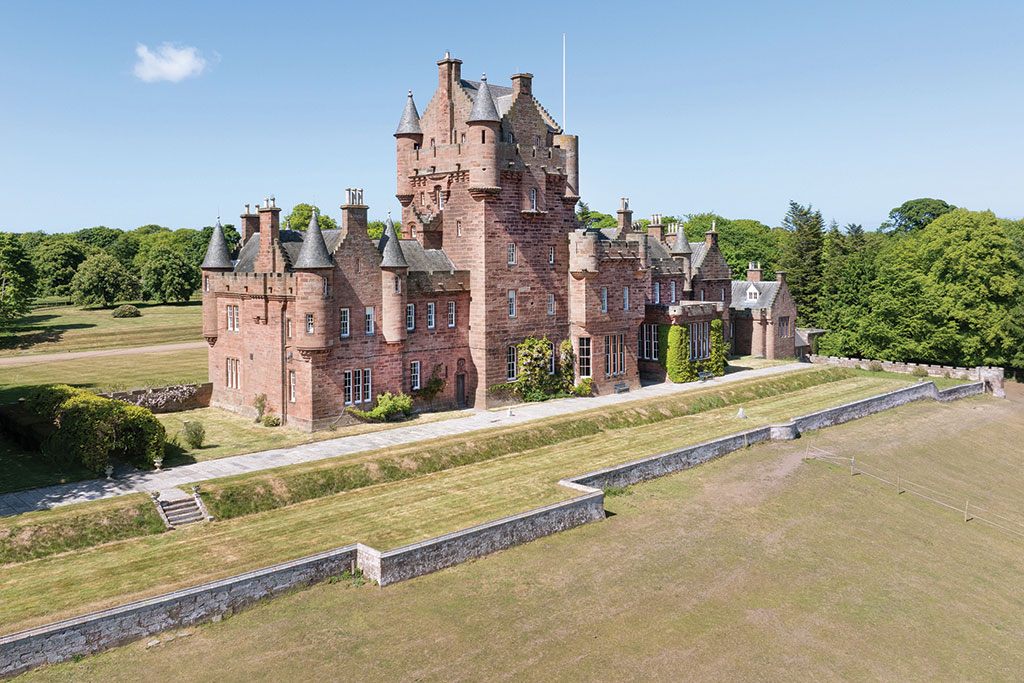 8 of the best houses for sale with beautiful fireplaces
8 of the best houses for sale with beautiful fireplacesThe best houses for sale with beautiful fireplaces – from a 15th-century cottage in Kent to a 17th-century palazzo in Oxfordshire
-
 The top last-minute Christmas gifts
The top last-minute Christmas giftsIt’s not too late to give the perfect present this festive season – we round up a selection of last-minute Christmas gifts worth giving
-
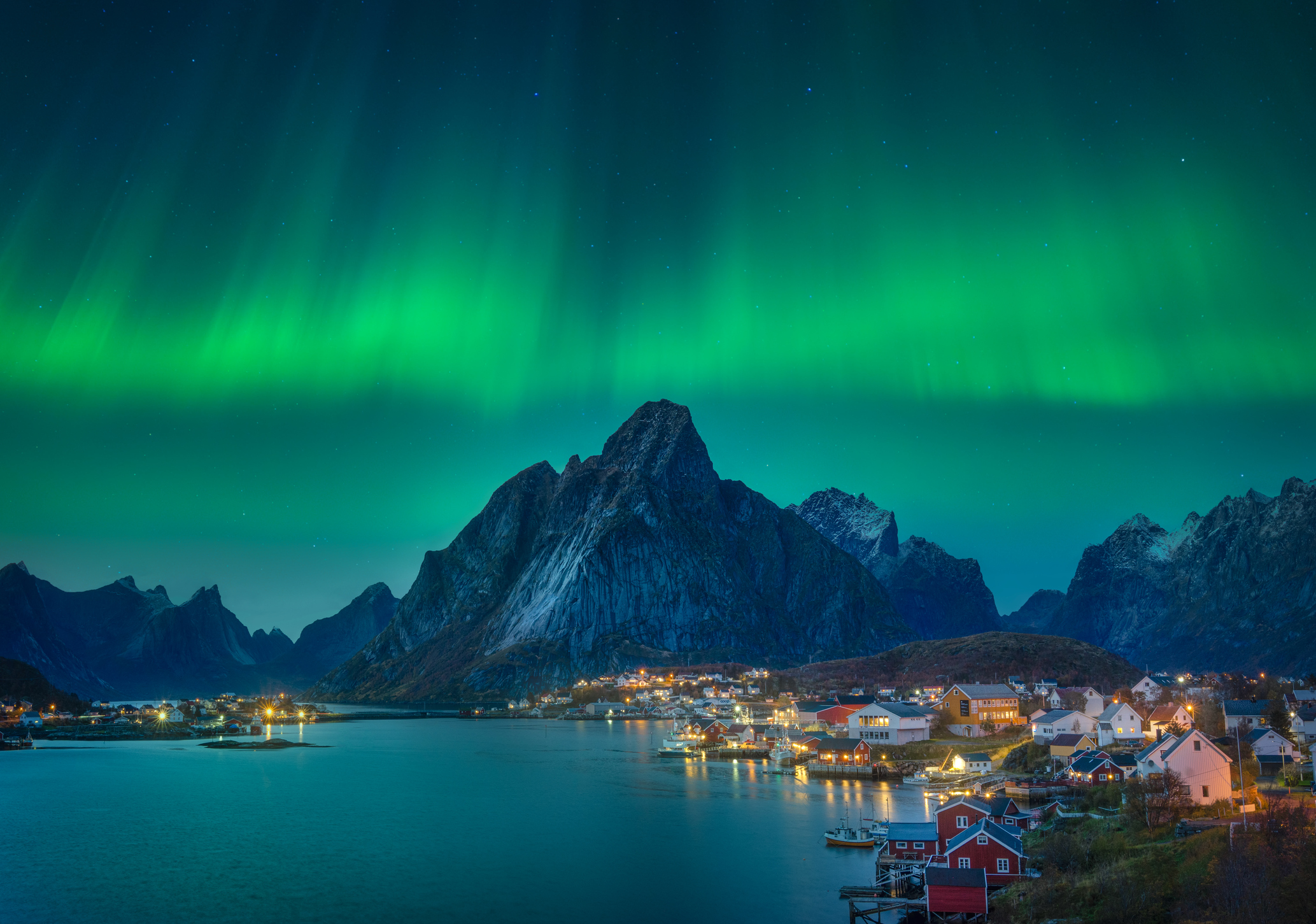 Lights, camera, action: Where to see the Northern Lights
Lights, camera, action: Where to see the Northern LightsThe Northern Lights are the most spectacular they’ve been in years. Here’s where to see them
-
 8 of the best ski chalets for sale now
8 of the best ski chalets for sale nowThe best ski chalets on the market – from a traditional Alpine-style chalet in Switzerland to an award-winning Modernist building in Japan’s exclusive ski areas